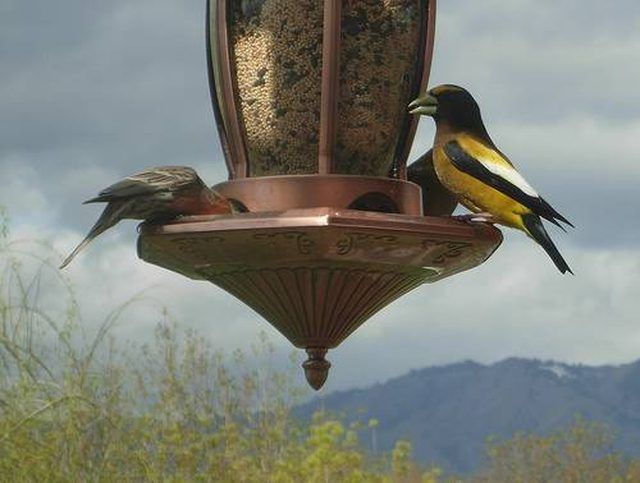Bulbs
Flower Basics
Flower Beds & Specialty Gardens
Flower Garden
Garden Furniture
Garden Gnomes
Garden Seeds
Garden Sheds
Garden Statues
Garden Tools & Supplies
Gardening Basics
Green & Organic
Groundcovers & Vines
Growing Annuals
Growing Basil
Growing Beans
Growing Berries
Growing Blueberries
Growing Cactus
Growing Corn
Growing Cotton
Growing Edibles
Growing Flowers
Growing Garlic
Growing Grapes
Growing Grass
Growing Herbs
Growing Jasmine
Growing Mint
Growing Mushrooms
Orchids
Growing Peanuts
Growing Perennials
Growing Plants
Growing Rosemary
Growing Roses
Growing Strawberries
Growing Sunflowers
Growing Thyme
Growing Tomatoes
Growing Tulips
Growing Vegetables
Herb Basics
Herb Garden
Indoor Growing
Landscaping Basics
Landscaping Patios
Landscaping Plants
Landscaping Shrubs
Landscaping Trees
Landscaping Walks & Pathways
Lawn Basics
Lawn Maintenance
Lawn Mowers
Lawn Ornaments
Lawn Planting
Lawn Tools
Outdoor Growing
Overall Landscape Planning
Pests, Weeds & Problems
Plant Basics
Rock Garden
Rose Garden
Shrubs
Soil
Specialty Gardens
Trees
Vegetable Garden
Yard Maintenance
Why Does Bird Seed Grow Grass?
Why Does Bird Seed Grow Grass?. Bird seed contains one or more of a variety of seeds and other ingredients depending on the type of birds you are trying to feed or attract. Some common ingredients in bird seed are the black-oil sunflower seed, Thistle seed, Safflower seed, Millet, corn and Milo. Bird seed may also contain dried fruits, nuts and...

What is in Bird Seed?
Bird seed contains one or more of a variety of seeds and other ingredients depending on the type of birds you are trying to feed or attract. Some common ingredients in bird seed are the black-oil sunflower seed, Thistle seed, Safflower seed, Millet, corn and Milo. Bird seed may also contain dried fruits, nuts and suet. Special blends are available for caged birds to enhance color and provide grit needed for digestion. Bird lovers purchase individual seeds like Thistle seed to attract a specific variety of bird-like finches.
How Does Bird Seed Get Planted?
While birds are feeding, at bird feeders hanging at various homes and businesses, some seeds spill onto the ground. Other seeds consumed by birds are not digested. These seeds land onto the ground wherever the bird happens to be when it defecates. When squirrels raid bird feeders, they spill more seeds. The squirrels also steal seeds and plant them into the ground for feeding during winter months. Those families with pet birds must periodically clean their cages. They may inadvertently plant seeds if they compost or throw the loose seeds out from the bottom of the cages into the yards or gardens.
What Grows From Bird Seed?
The type of bird seed that individuals are placing into their bird feeders controls the type of plants that will grow from bird seed. For example, if you are feeding finches Thistle seed, then the plants that grow under your bird feeder will be Thistles. These are weeds that farmers do not want growing in their fields. However, if you are feeding a mixed bird seed containing Millet and Milo, then something that looks like grass will grow. Millet grows into a pale green shiny plant used in cereals and bird seed that looks like grass. Milo also grows into a plant that looks like a grass, but is actually a type of sorghum grown specifically for its grain. It grows quickly and resists drought, explaining why it springs up so fast under bird feeders.
Throw Out Moldy or Growing Seed
Store your bird seed in a cool place in an airtight container where it will stay dry if you buy it in bulk. If you notice mold growing on your bird seed, throw it away. The mold may contain toxins that are harmful to birds. If the seeds are growing in your container, then moisture has gotten to your bird seed. Any moisture may indicate the presence of mold. Therefore, you should dispose of it.